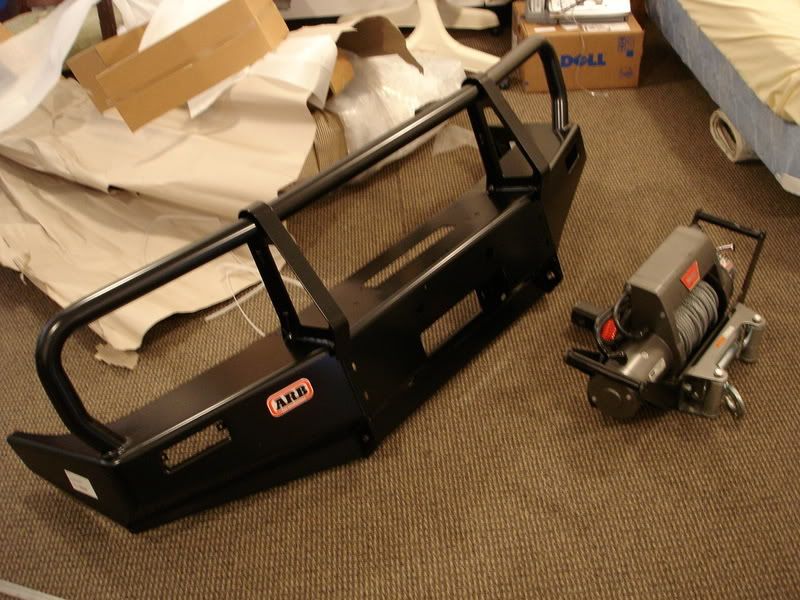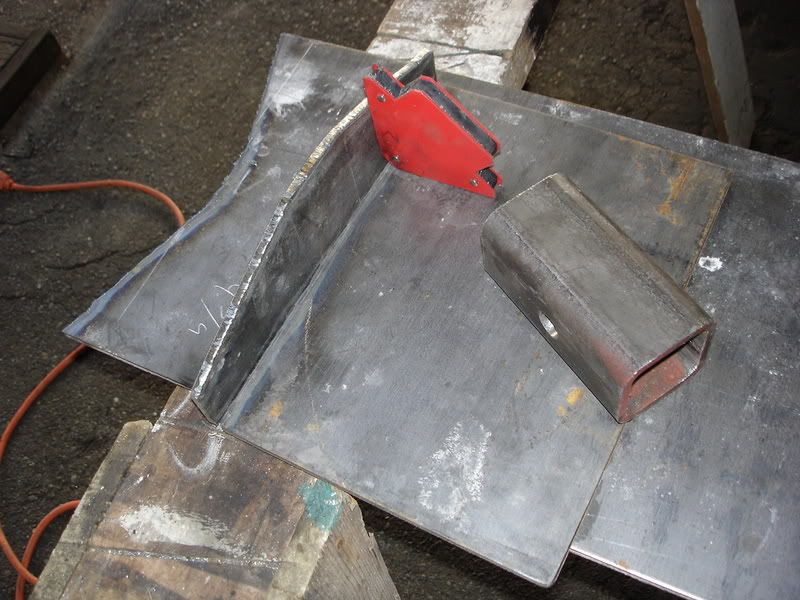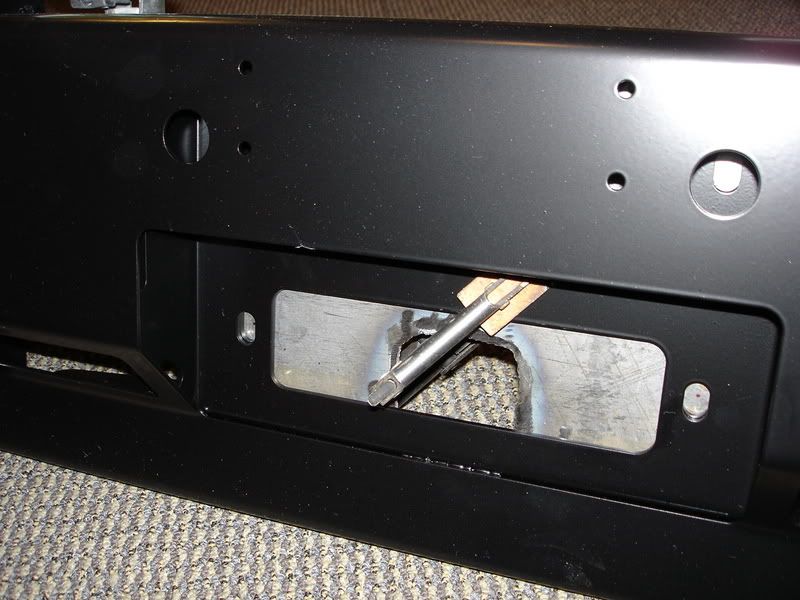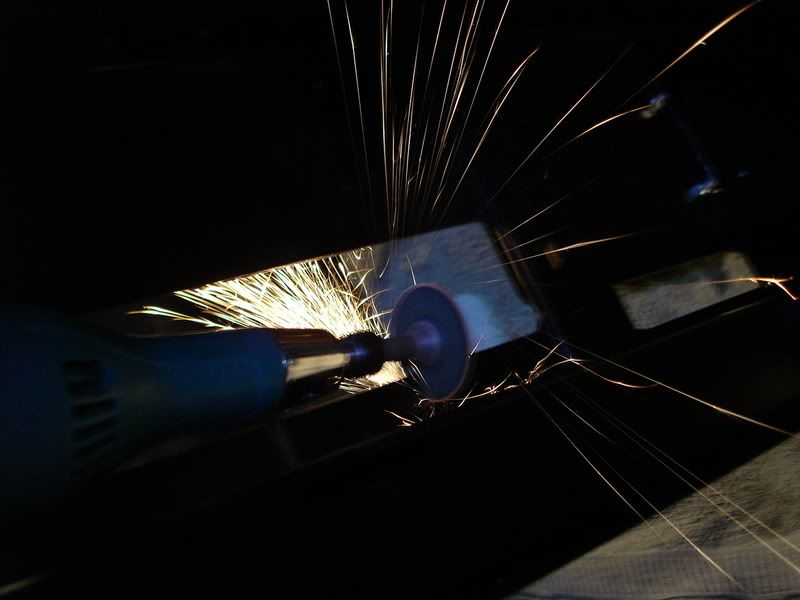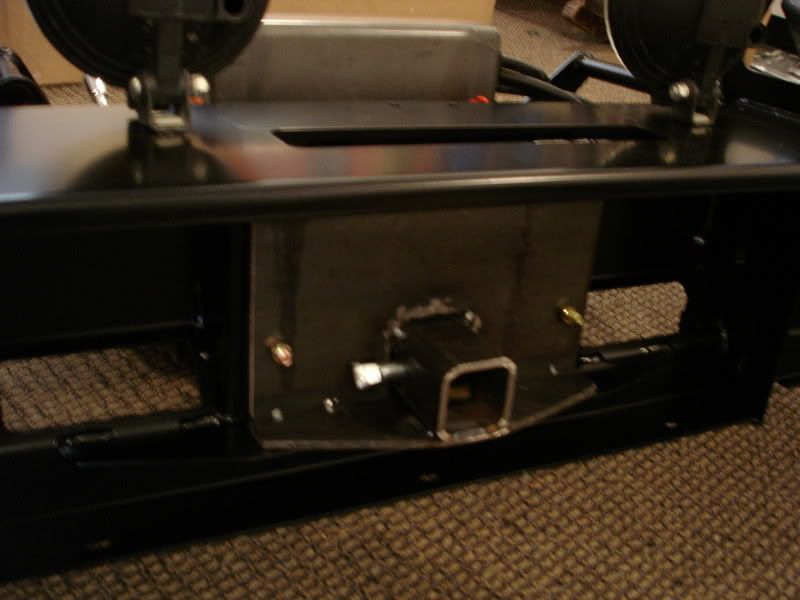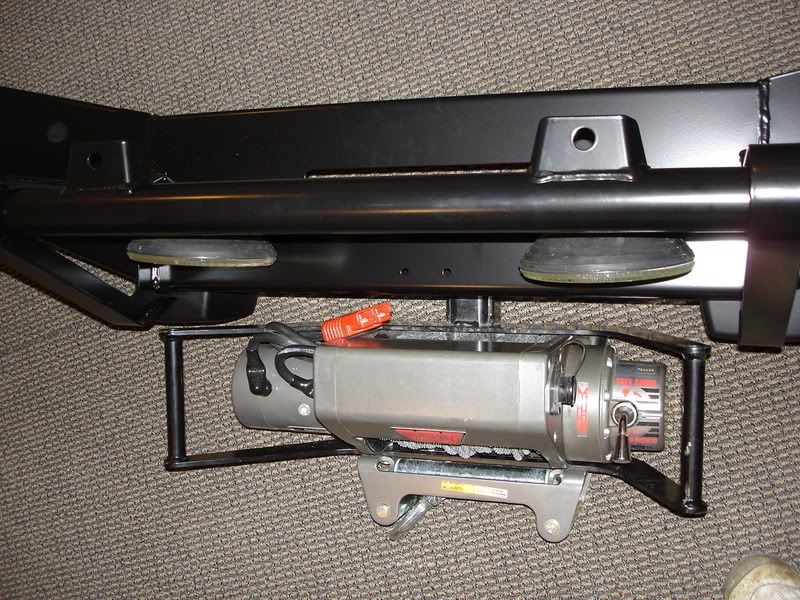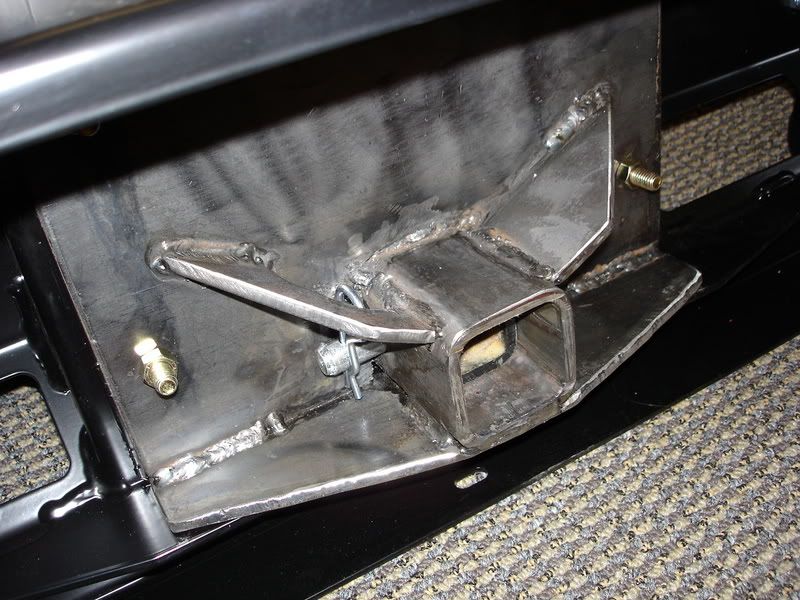ntsqd
Heretic Car Camper
The "Chinese Finger Trap" portion is part of the Sampson procedure as well. No surprise there. The problem with it, at least as far as the Sampson instructions go, is that it requires shortening 6 of the 12 strands to 1/2 of the total insertion length - which is a many multiples of the rope's diameter. I did not include doing that in my testing for this reason. My premise for the testing was a quick field repair, and earlier eyelet splicing showed the un-braiding and trimming to not always be very fast.
My theory of the knot failures is that the localized stress of the bend in the line turned the stress into heat. The parted ends looked just like I'd used a flame to separate them. What I failed to recall prior to the testing was that no known knot is stronger than the rope in which it is tied. I should have concentrated on splicing methods from the start.
In my testing of the 'S' weave I did not bury either end in the center of the other line. At 5+ passes it did not prove necessary to strength though if the repairer had the time it certainly would aid in going through the fairlead and in spooling onto the winch drum.
My theory of the knot failures is that the localized stress of the bend in the line turned the stress into heat. The parted ends looked just like I'd used a flame to separate them. What I failed to recall prior to the testing was that no known knot is stronger than the rope in which it is tied. I should have concentrated on splicing methods from the start.
In my testing of the 'S' weave I did not bury either end in the center of the other line. At 5+ passes it did not prove necessary to strength though if the repairer had the time it certainly would aid in going through the fairlead and in spooling onto the winch drum.

